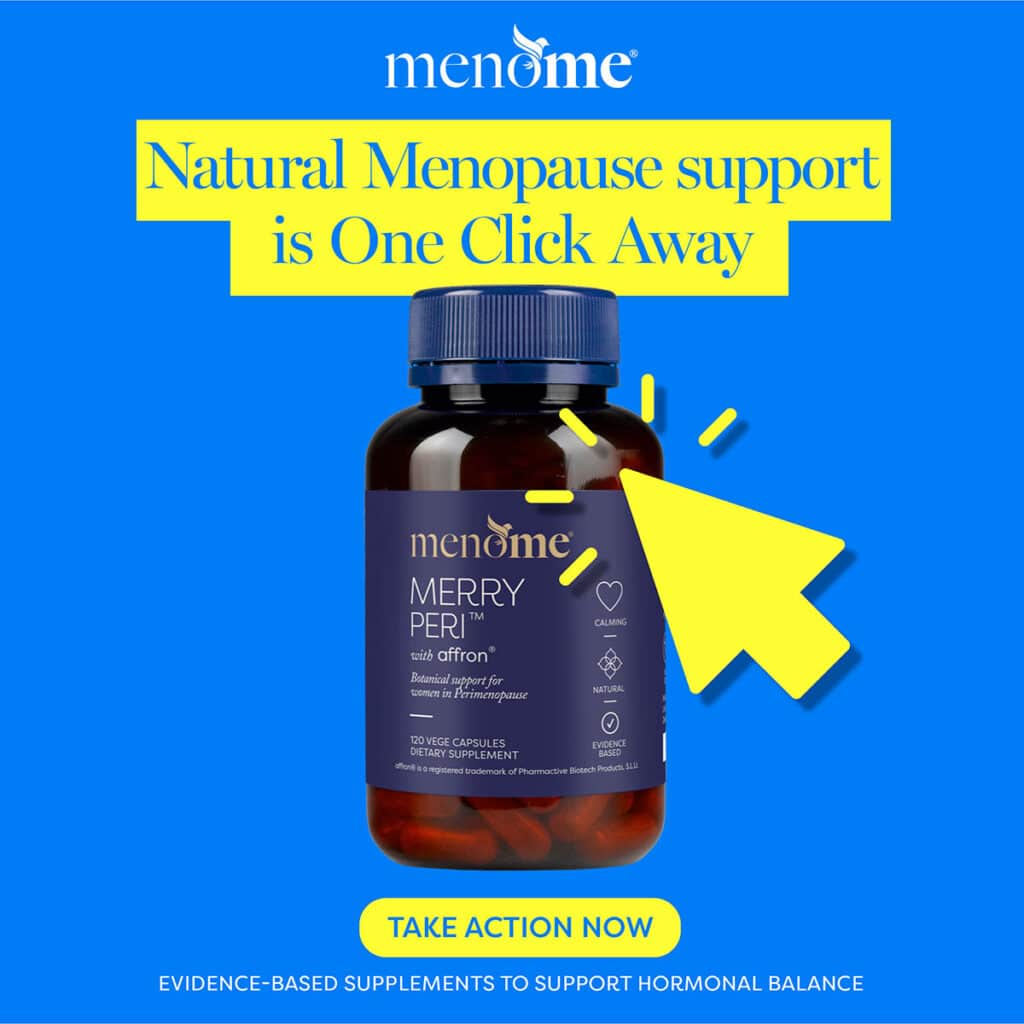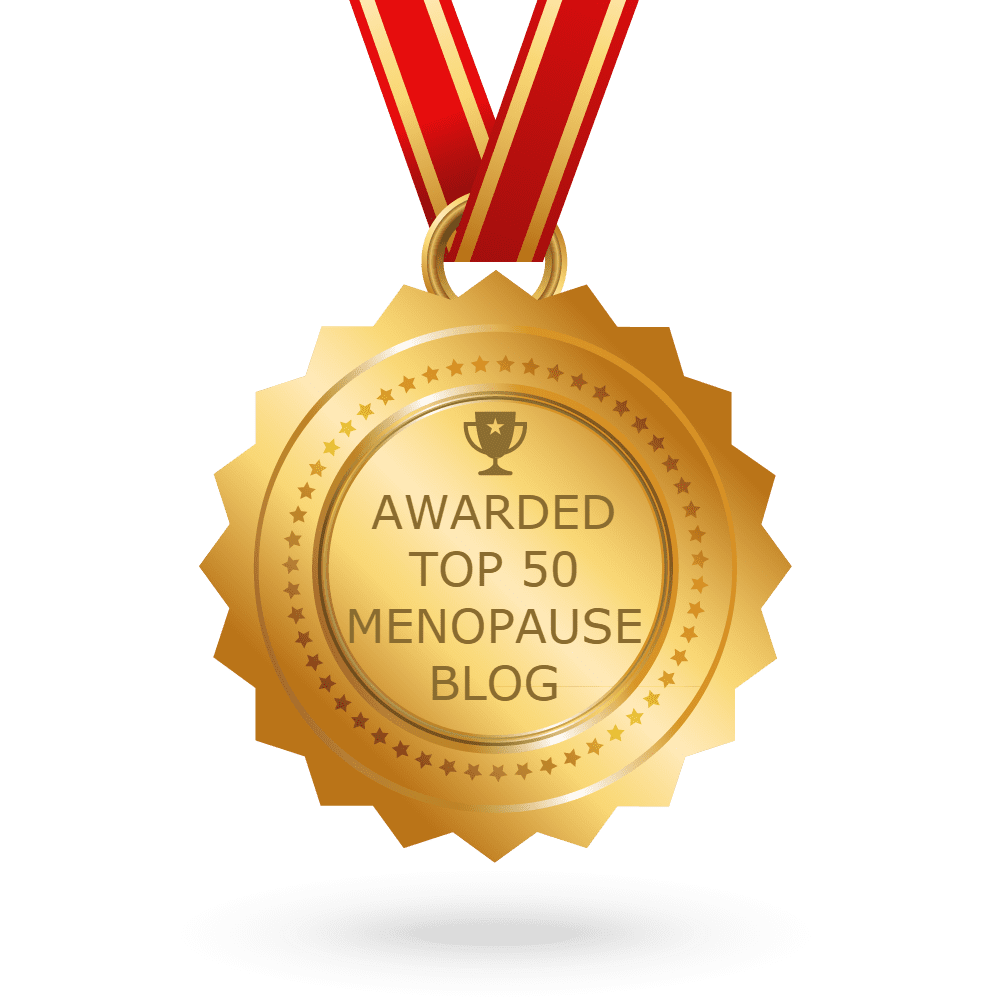There’s an old saying ‘you can’t pick your relatives’ – you know that one right?
It’s soooo true, but let’s not go there.
The good news is that we can (and do) pick our girlfriends. They’re some of our most important relationships aren’t they?
Of course, that’s not news; it’s simply a no-brainer.
But did you know that science has shown that having great girlfriends is good for your health?
Girlfriends lower our stress levels
It seems that hanging out and swapping stories about sons, daughters or husbands, or sharing a vino or two and going on adult play dates is about far more than just plain old fun. It’s a scientifically proven stress release.
I don’t know about you but I adore my girlfriends. Many of them have been there through thick and thin, some have even outlasted boyfriends/husbands and much-loved pets.
I can be having the worst day, but bring on girl-time and I’ll get out of the funk. For women, girlfriends are a precious connection. We love our boys and our kids but girlfriends hold a special place in our hearts.
Tend and befriend
In 2000, a study was conducted at UCLA. The principal investigator, Shelley E. Taylor reported findings that women cope with stress with a ‘tend and befriend’ behaviour. This is characterised by protecting and nurturing their young (tend) and seeking social contact and support from other females (befriend).
women cope with stress by ‘tending and befriending’ behaviour. Protecting and nurturing their young (tend) and seeking social contact and support from other females (befriend). Share on X
Shelley and her fellow researchers looked to the hormone oxytocin as a major contributing factor. Oxytocin is known as the ‘love’ hormone encouraging bonding and snuggles. It’s been studied largely for its role in childbirth (it helps contact the womb during pregnancy and lactation). “But it’s also secreted in both men and women as a response to stress,” she said. “Its effects appear to be reduced in men, but science shows it plays a key role in reducing female stress.” And therefore the stress hormone cortisol, which is so important during menopause.
It’s why when we’re a bit frazzled we’ll chat on the phone with friends or relatives or cuddle our kids.
With all of that said it’s worth noting that estrogen plays a role in the production of oxytocin. And as our estrogen dips during menopause so do our oxytocin levels. In fact, some science says this can worsen some of the signs we experience. Ongoing research is continuing as we seek to understand the extent of oxytocin’s role.
Girlfriend empowerment is a ‘thing’
Going back to the UCLA study, it goes a long way to explaining why women love getting together. Especially when we’re going through the same – sometimes crazy making – issues. When we’re younger that may be pregnancy; now that we’re older – the signs of menopause and/or midlife weight gain.
That’s why we set up the 40+club group on Facebook. To form a sisterhood.
Girlfriends are good for your health
Gathering with girlfriends or like-minded women is a stunning way to get and give support, de-stress, reach goals and/or go on a journey. As you’ve just read science has proven we thrive in that environment.
In conclusion
We invite you to come and join us in the 40+club so we can come together. Let’s discuss signs, weight management, wellness, and give anyone who needs it some support. 💙










